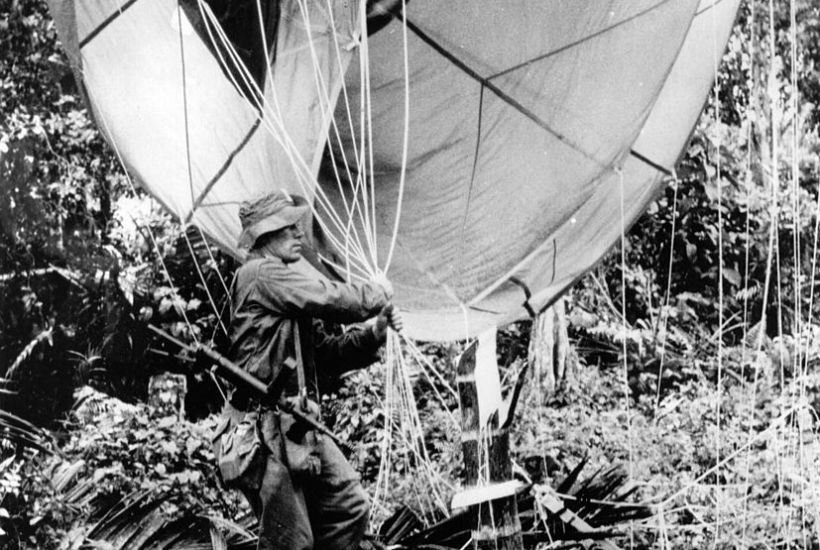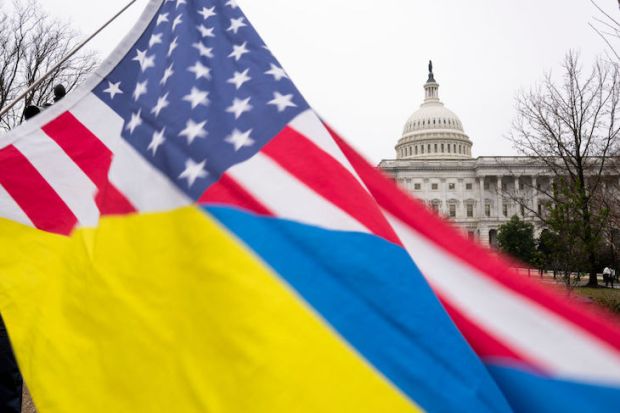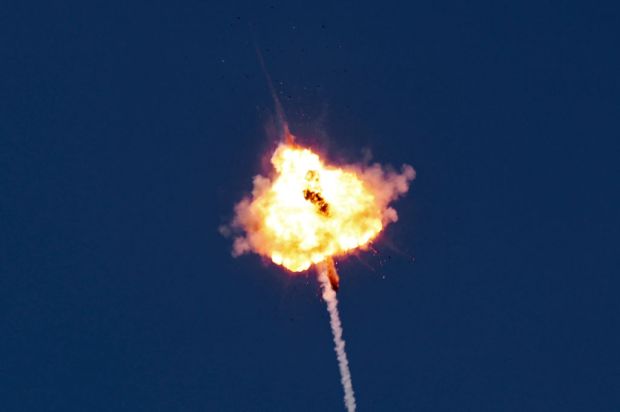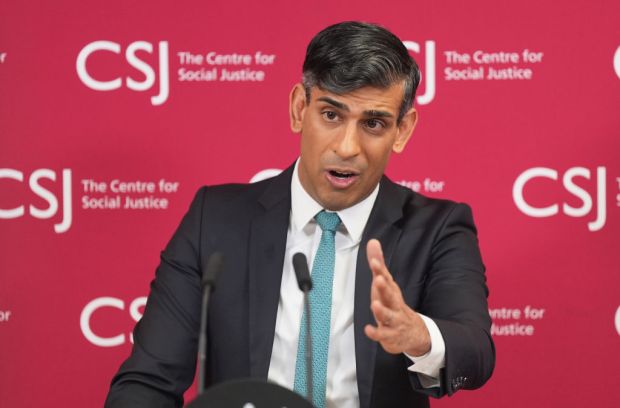On 17 June 1948, seventy-five years ago this weekend, the British Prime Minister, Clement Attlee declared war on the ethnic Chinese Malayan Communist Party (MCP). Except he did not call it a war; he called it an ‘Emergency’.
It seems that the British plantation and trading companies in Malaya, such as Sime Darby, Guthrie, Harrisons & Crossfield, London Tin and Dunlop, demanded that the word ‘war’ should not be used because it would make their businesses uninsurable. By contrast the Chinese Malayan insurgents called ‘the Emergency’ the Anti-British National Liberation War. The Malayan War, which lasted for 12 years, might better be called the ‘Forgotten War’. Of all the Cold War conflicts it is arguably the least known. Why?
Firstly, there were no pitched battles. The MCP, which morphed into the Malay National Liberation Army (MNLA), fought a guerrilla war from the start. But, unlike, communist insurgencies in Korea and North Vietnam, there was little help to be had from Malaya’s northern neighbour, Thailand. There the right-wing dictator, Field Marshall Phibun had just returned to power after a successful coup against the royalist faction.
Secondly Mao Zedong, who might have been a natural champion of the MCP, was still fifteen months away from completing the defeat of Chiang Kai Shek’s Kuomintang forces in China. Meanwhile Stalin’s Russia, not yet in possession of a nuclear weapon and, preoccupied by their support for communist action elsewhere, had neither the resources nor capability and inclination to supply the MNLA by sea. Support for the insurgents was thus limited to secret supply by the Min Yuen (People’s Movement) or support from Chinese villagers from whom food was extorted.
For Cold War historians therefore, the absence of the major powers, America, Russia and China, from the narrative, has led them to overlook the Malayan War. As American historian Joseph White noted ‘the extra-Indochina American experience is often relegated to footnote status.’ With the absence of American soldiers or even US financial assistance to the British Army, the interest in post-war Malaya has been minimal.
Nevertheless in 1943, as the Allies nudged their way toward victory against Japan, America did have its eye on Malaya. In January 1942 the United Nations Declaration asserted the ‘the right of all people to choose the form of government under which they will live.’
Thus, there was some fear in Churchill’s cabinet that the US would try to insert itself into Malay governance as the Pacific War drew to a close. Indeed ‘trusteeship’ for Southeast Asia was a concept bandied about in Washington. In practice however, Roosevelt and his successor President Harry Truman took a pragmatic course with regard to the resumption of colonial rule in post-war Asia.
They divided the European colonial powers into good and bad: Britain ‘good’ and France ‘bad’. In the end the American government was happy for Britain to resume its colonial role if there was some sort of path to independence. On this point Attlee’s post-war government gave little pushback as the United Kingdom, impoverished by World War Two, was only too happy to renounce its interest in Imperial assets… or rather liabilities.
There was a second reason for Washington’s concern about Malaya. The geopolitical importance of Southeast Asia grew as Mao’s armies began to push back Chiang’s nationalists. A 9 June 1947 report by the US Joint Chiefs of Staff, ‘United States Policy Toward China’ reasoned that if China fell to the communists, ‘conditions would be such as to facilitate the eventual expansion of Soviet power in Asia southward through China and towards Indonesia, Malaysia and India.’ Ergo ‘Domino Theory’.
There was yet another reason for America’s post-war interest in Malaya – tin and particularly rubber. Rubber trees were transplanted to Malaya from South America in the mid 19th Century and prospered. When a leaf blight destroyed South American rubber plantations, Malaya established a virtual rubber monopoly in the pre-war period as first bicycles and then motorcars created a boom in demand.
Although the US managed to get by on synthetic rubber to meet the demands of the US war machine, after 1945 a return to natural rubber was required. The pent-up demand in the US for cars was enormous. Even before the Japanese surrendered, three US executives including two from the Goodyear and Firestone inveigled their way onto a British Ministry of Supplies mission to Malaya.
For the America government, the return to political and economic stability in post-war Malaya, and the normalisation of its commodity supplies, were more important than preaching de-colonisation to the British. The US accounted for 42 per cent of Malay exports in the pre-war period. Malaya’s economy was more important to the US than Indochina and Indonesia combined. America needed Malaya’s imperial masters, Britain, to get a grip… and quickly.
Ironically it was rapid growth in the Malay economy in the first half of the 20th Century that helped cause the communist Chinese insurgency. A result of the commodities boom and the fabled indolence of the indigent native Bumi (Bumiputra) Muslim population, British companies had to import Chinese labour. By 1934 the Chinese population of Malaya had risen to 41.5 per cent compared to 34.7 per cent for the Bumis. Remarkably Bumis accounted for just 10 per cent of the rapidly expanded urban centres.
Luckily for Britain, although some radical anti-colonial British ideas filtered into Malaya from Egypt, their influence remained muted. It helped that Britain ruled with a light touch. In the 19th Century the British intervened to prevent conflicts between the Malay mainland’s eight tribal monarchs, and, as in India, appointed ‘residents’ to act as advisers. Malaya developed a stable hybrid form of government that was both modern and archaic. By the end of the 1930s Britain was moving toward a model of self-rule in Malaya with power being devolved to the Malay states.
These good relations between the Malay aristocracy and the British continued after the war. Given the brutal treatment of the Japanese occupying army this was not surprising. As Chin Kee Onn noted in Malaysia Upside Down [1946], the Japanese ‘lacked the genius for compromise and adjustment of the British whom they supplanted.’ Even when the UMNO (the United Malays National Organisation) was formed there was little animosity toward a colonial power that was quite willing to move toward independence. In this they were helped by the leadership of father of the nation, Tunku Abdul Rahman, a shrew but affable man, who always maintained friendly relations with the British.
By contrast portions of the Chinese population became radicalised by Marxist ideas that filtered through from China. During the war this was a boon to the British as the Chinese dominated Malay Communist Party (MCP), temporarily suspended its anti-British propaganda. Moreover, with a force of 6,000 troops the MCP undertook what little resistance there was to the Japanese. After the war it was a different matter.
Foolishly Prime Minister Clement Attlee, not ideologically opposed to communism, encouraged the development of a trade union movement in Malaya. The result was that MCP members, in time honoured communist fashion, infiltrated the General Labour Union from its inception in 1945. They soon became its leaders.
Radical unionism combined with post-war depression, was inevitably a catalyst for social unrest. Simmering violence came to a head after the murder of four British plantation managers on 16 June 1947. The MCP was outlawed. A state of emergency was declared throughout Malaya. After the killing in July of Tam Kam, president of the All-Johor Labour Union, in a gun battle, communists were soon cleared out of the cities.
In fact, it was old fashioned soldering, laced with doses of brutality, that won the war
The MCP retreated to Malaya’s ample jungle and waged a war for over a decade with British and other colonial troops, including Australians and New Zealanders. At its peak Britain deployed a force of 67,000 police, 300,000 home guards and 23 infantry battalions. Plaudits were won for Lt. General Sir Harold Briggs plan to deny MCP food by placing Chinese villagers into ‘protected’ cantons. Later his replacement, Sir Gerald Templer, who was appointed Commissioner in 1952 after the ambush and assassination of his predecessor Sir Henry Gurney, was credited with securing Britain’s victory with his ‘hearts and minds’ strategy.
In fact, it was old fashioned soldering, laced with doses of brutality, that won the war. Anticipating events to come in Vietnam, Britain used Agent Orange or napalm to defoliate the communist protective cover. The MCP forces were wiped out one area at a time. Britain even had its own ‘Mai Lai’ episode when civilians were shot and burnt at the Batang Kali Massacre.
All the British tactics were copied by the US during the Vietnam war including ‘cantonments’ and ‘hearts and minds’. So why did it work in Malaya and not Vietnam? The answer is twofold. The MCP was only supported by Chinese dissidents and not the Bumi population.
Secondly the MCP, as has been previously noted, could not be turned into a professional army armed to the hilt by modern Russian weaponry, as was the case in Vietnam. There the Vietcong could be continually supplied by sea and by land via the Ho Chi Minh trail that skirted through Laos and Cambodia. Unlike Indochina, ‘Domino Theory’ was never a threat to the geographically isolated Malay Peninsula.
In winning the war in Malaya, the British Army was, unlike first the French and then the Americans in Vietnam, lucky rather than brilliant. The brilliance, if any of the British, lay in the fact that its generally beneficent rule of Malaya, the economic prosperity that it brought and later its promise of independence, undermined support for the violent attainment of national freedom. In the current climate of interpretation of history through a woke lens, the Malayan War should be a reminder that not all colonialism was bad.
Got something to add? Join the discussion and comment below.
Get 10 issues for just $10
Subscribe to The Spectator Australia today for the next 10 magazine issues, plus full online access, for just $10.



















Comments
Don't miss out
Join the conversation with other Spectator Australia readers. Subscribe to leave a comment.
SUBSCRIBEAlready a subscriber? Log in